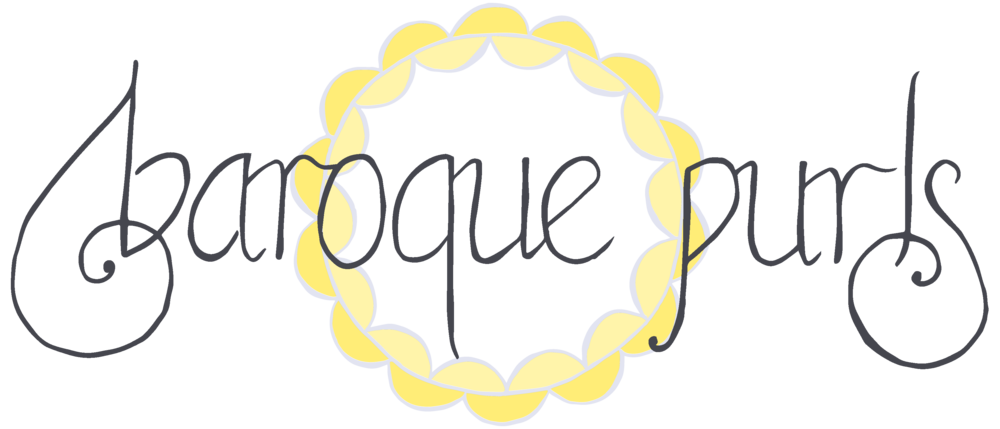Napier's MTG (or Museum, Theatre, Gallery) was a big highlight of our trip, especially an amazing ceramic sculpture exhibition called Mudlark,
full of curious animal and part-human figures. And as a pleasant
surprise, there was Bach music floating through the building, played by
locals on the grand piano upstairs.
We found something really cool in the museum collection too - a display of old plant-dyed wool samples, each carefully labelled with the plant and mordant used. It's really worth a visit, if you're interested in natural dyeing or the history of fibre-crafts. I immediately started plotting a lichen-dyeing experiment...
Our last stop in Napier before heading home was the Skeinz yarn shop!
Mum and I zoomed around comparing colours and textures, and checking our shopping lists. Meanwhile, Dad took a few photos...
One of the neat things about the shop is the window through to the mill next door, where they spin the yarn:
I bought a big skein of organic merino yarn to dye with lichen, and a few more balls of this and that which I plan to use for new designs. :)
We found something really cool in the museum collection too - a display of old plant-dyed wool samples, each carefully labelled with the plant and mordant used. It's really worth a visit, if you're interested in natural dyeing or the history of fibre-crafts. I immediately started plotting a lichen-dyeing experiment...
 |
| I want to find a copy of this! |
 |
| A small part of the 'Home Dyes from NZ Plants' display |
Our last stop in Napier before heading home was the Skeinz yarn shop!
Mum and I zoomed around comparing colours and textures, and checking our shopping lists. Meanwhile, Dad took a few photos...
One of the neat things about the shop is the window through to the mill next door, where they spin the yarn:
I bought a big skein of organic merino yarn to dye with lichen, and a few more balls of this and that which I plan to use for new designs. :)
















